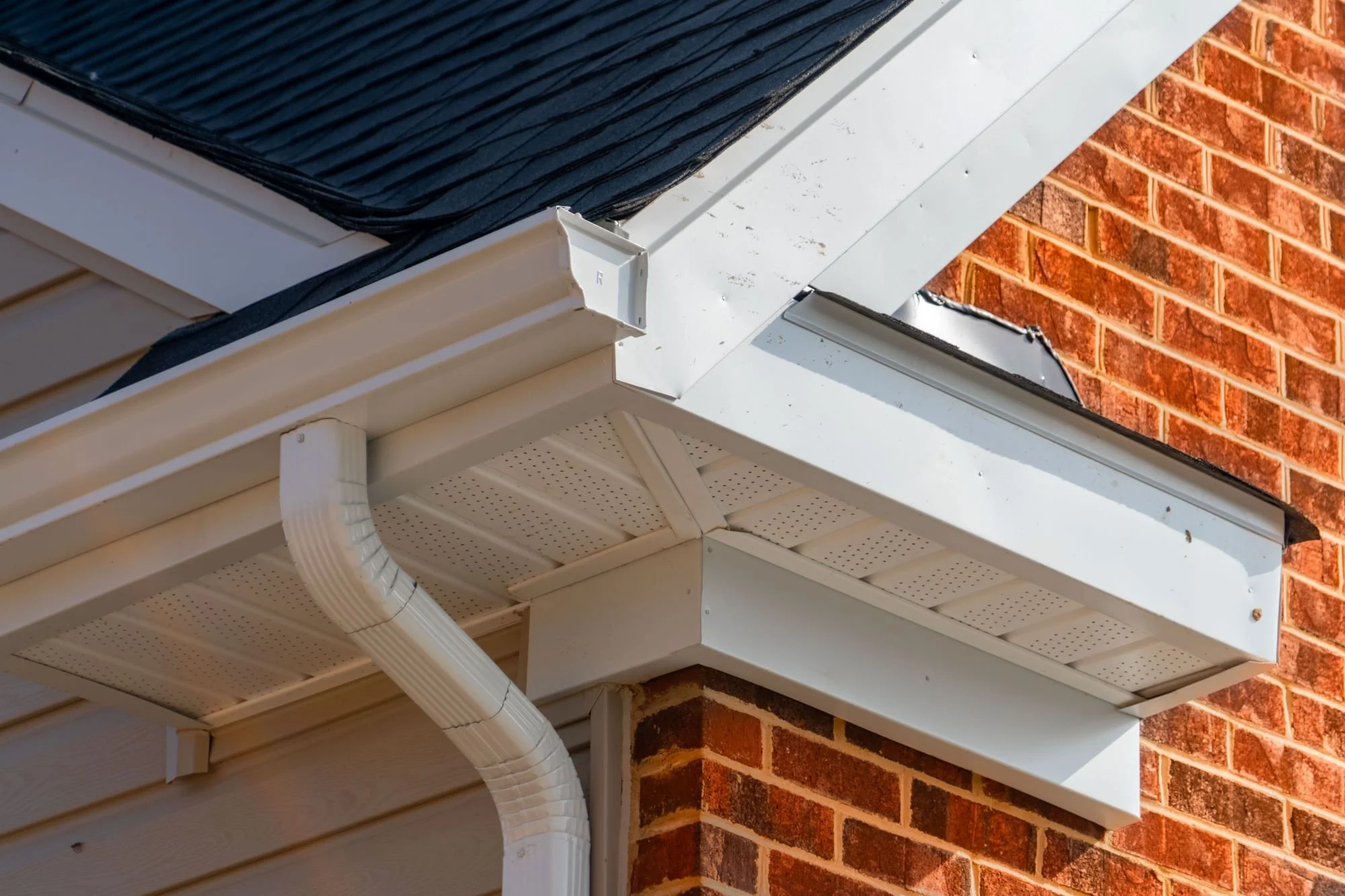4 Tips For Choosing An Eavestrough System For Your Home
RH Business Marketing Solutions
Moisture is the biggest weakness of any home. Snow and rain can cause rotting on sidings as well as foundation issues if water is allowed to pool around the base of your home. Uncontrolled water falling at a height can also cause erosion, damaging landscaping around your home.
However, a good eavestrough can prevent these issues by channeling water to a location further away from your home. That said, with numerous options available, how do you choose the right one for your home? This article offers you some valuable tips when shopping for a new eavestrough system.
1. Consult The Professionals
One of the best ways to ensure that you choose the right eavestrough system for your home is to talk with the experts like D’Angelo & Sons Roofing & Exteriors. If you’re interested, check their website to learn more.
Most of the time, professionals offer a wider selection of eavestrough systems than your local hardware or home improvement store. Also, instead of shopping on your own and getting confused with the numerous options, these experts can guide you on the different options you have and find the right one for your needs. What’s more, you can also hire them to install the eavestrough, saving you time and resources.
2. Understand Your Options
When looking for eavestrough systems, you’ll face several material types. Here are some of them:
Steel
Typically, steel eavestroughs are galvanized. However, you can also find stainless steel options. This type of eavestrough is durable and strong that can last for over three decades. Thus, they’re more popular in areas with extreme weather, snow, or heavy rains. Steel eventually rusts after decades of use, but stainless steel doesn’t, making it more expensive.
Aluminum
Aluminum is the most popular material for eavestrough since it’s relatively durable, inexpensive, and easy to work with. Unlike galvanized steel, aluminum won’t rust over time and you can choose from various color options. Aluminum eavestroughs can last up to three decades. However, they’re at a higher risk of cracking than other types of metal.
Copper
Highly durable, copper eavestrough systems don’t bend, rust, or warp in extreme weather conditions. What’s more, they can give your home a unique look with their traditional style and beautiful shine. Take note, however, that copper eavestrough systems tend to be quite expensive and will need professional installation.
Vinyl
One of the most common and cheapest types of eavestrough material is vinyl. They are easy to install, making them a great option for DIYers. However, since they’re made from PVC and plastics, vinyl eavestroughs are not as durable as other materials. They can only last up to two decades and deteriorate faster in wetter regions.
3. Consider The Shape
Aside from materials, eavestrough systems also come in different styles or shapes. The two most common shapes are:
Half-Round
This style is shaped like a tube that’s cut in half. Half-round eavestroughs are considered the original gutter shape and have been used for a long time. They can carry water more effectively but tend to accumulate debris and leaf. As such, most homeowners choose to install leaf guards on them.
K-Style
When viewed from the side, this type of eavestrough style resembles the letter K, thus the name. Thanks to its flat back, K-style eavestroughs can be nailed directly to the fascia board without any brackets required. They also look more decorative, resembling crown molding from the front side. However, due to their inner angles, K-style eavestroughs tend to be a bit harder to clean and prone to collecting rotting debris.
4. Find The Right Size And Thickness
In terms of sizing, homeowners need to properly measure their eaves and determine the right trough size. The most common sizes are four to six inches. When determining the right size, you should also consider your area’s rainfall density and your roof style. In general, a home that sees a lot of rain or features a steep roof pitch will need a larger gutter system.
Meanwhile, the eavestrough’s thickness will depend on the material used. Obviously, a thicker eavestrough will be sturdier and more durable but also more expensive. Different materials have different thickness measurements. For instance, copper is usually rated in weight. This means that a heavier weight means greater thickness. Aluminum is measured in inches, whereas steel is often rated in gauge or inch-thickness.
Takeaway
Eavestroughs aren’t exactly glamorous. However, they handle the very critical task of keeping your home dry, which helps protect its sidings and foundation against water and moisture damage. Whether you’re looking for an eavestrough for your newly built home or looking to replace an old, damaged system, make sure to consider the above tips to find the right fit for your roofing system.

